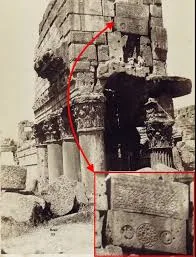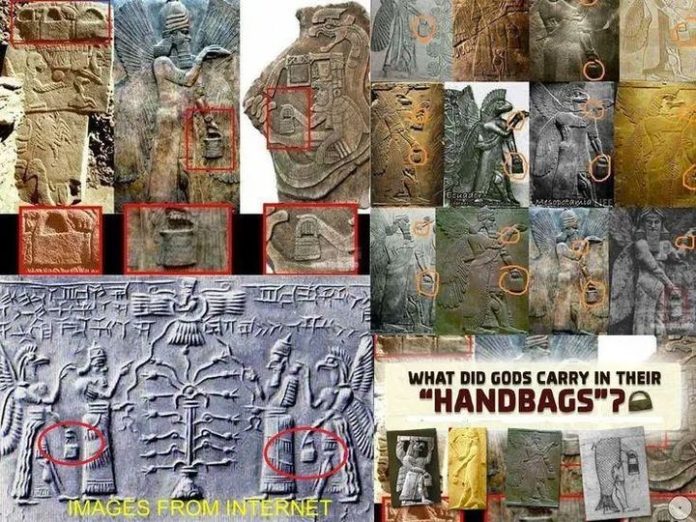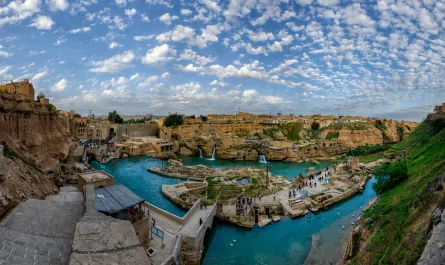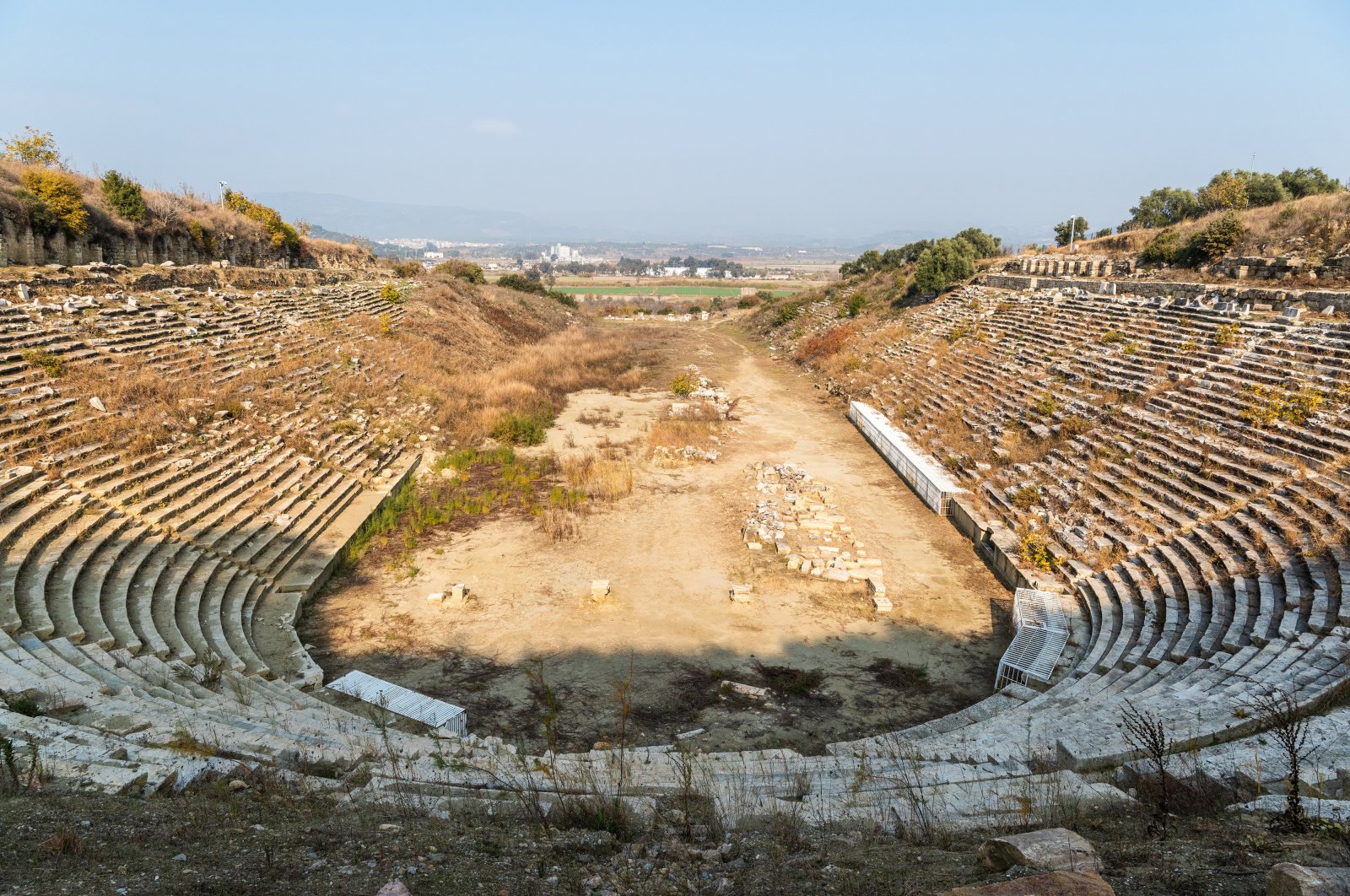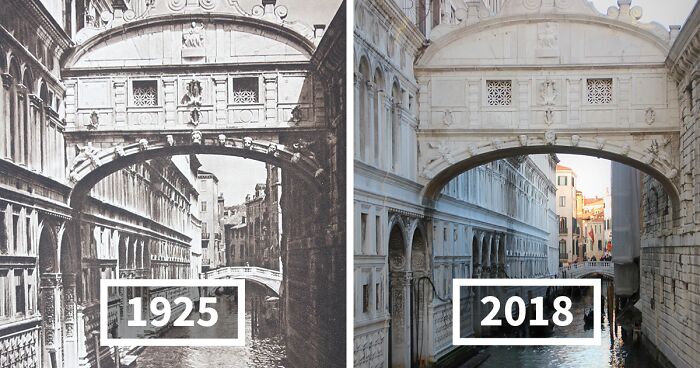Bird Headed Gods or Entities in Mythology always represent rebirth and resurrection. Pictographs on stone walls depict God type entities, or extraterrestrial beings, that have bird heads. Most are masks worn by the Creator Gods to symbolize something connected to that God and ascension of soul – the evolution of human consciousness. The most common birds are – white pigeons or doves, eagles, hawks, thunderbirds, ibis, hummingbird, among endless others native to the area in which a myth was created.

Human and semi human forms of some of the chief Egyptian deities: 1) Horus, son of Osiris, a sky god closely connected with the king. 2) Set, enemy of Horus and Osiris, god of storms and disorder. 3) Thoth, a moon deity and god of writing, counting and wisdom. 4) Khnum, a ram god who shapes men and their kas on his potter’s wheel. 5) Hathor, goddess of love birth and death. 6) Sobek, the crocodile god, Lord of the Faiyum. 7) Ra, the sun god in his many forms. 8) Amon, a creator god often linked with Ra. 9) Ptah, another creator god and the patron of craftsmen. 1O) Anubis, god of mummification. 11) Osiris, god of agriculture and ruler of the dead. 12) Isis, wife of Osiris, mother of Horus and Mistress of Magic.


Horus (Creation – Rebirth)

Sumerian Gods – Anunnaki (Creation)

Phoenix (Resurrection – Rebirth)

Peacocks (Regeneration)
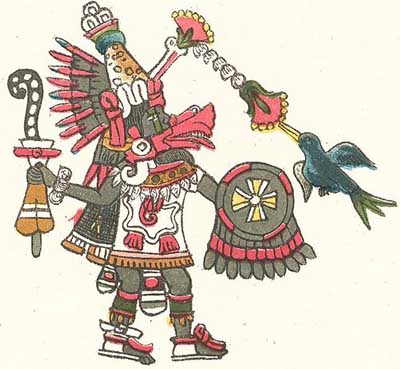
Quetzalcoatl (Hummingbird – Rebirth)

Kokopelli (Creation by Sound)

Griffins (Sounds of Zeus)
Karura – Karura-ou – Bird of Life – Celestial Eagle

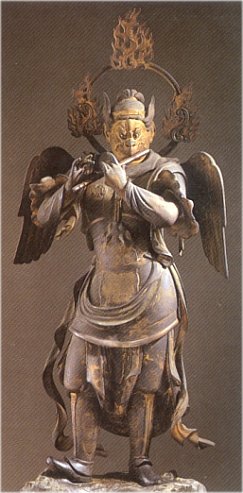
Half Eagle – Half Man
The Karura is a mythical bird-man creature of Hindu lore. The gold-colored “Garuda” had a human body but the wings and face/beak of an eagle. In early Hindu literature, Garuda appears as the mount (avatar) of Lord Vishnu, and is thus semi-divine. In Tibetan tradition, Garuda (Khyung) is a mythical bird, similar to an eagle, but of gigantic proportions, able to block the sunlight with its size. In Japan, Karua is an enormous fire-breathing eagle-man with golden feathers and magic gems crowning its head.
Other Karura Trivia
– Karura is the mortal enemy of the dragon, who it feeds on. Only a dragon who possesses a Buddhist talisman (or one who has converted to the Buddhist teaching) can escape from the dragon-eating Karura.
– In Southeast Asia the walls of temples are often decorated with Karura, as at Angkor or Java
– Can block the sun with his size (can it be traced to India?)
– Thought to be oldest of the birds
– Flapping of wings sounded like clap of thunder
– Personifies the sun
– Enemy of snakes and dragons (enemy of the “naga”)
– Garuda was semi-divine, as he was the mount of Vishnu
– In Japanese paintings, the Karura is often depicted as an ornate bird with human head treading on serpents (need to find example painting).
– There is a great deal of confusion about Karura and the mythical Phoenix (Ho-oo). Many web sites refer to the Phoenix as Karura, and vice versa, but I believe this is wrong. The two appear to be completely different mythical creatures, and should not be confused as the same beast.
– A fierce bird of prey, the mount of Vishnu, variously described as an eagle, hawk, or kite. Garuda is the enemy of all snakes.
Garuda (Sanskrit: Garuda), the eagle, is a lesser Hindu god, the mount (vahanam) of Vishnu, one of the main forms of God in Hinduism. Garuda is depicted as having a golden body, white face, red wings, and an eagle’s beak and wings but a man’s body. He is ancient and huge, and can block out the sun.
In Thailand it is known as Krut. Garuda is the Malay form of the Phoenix. The Japanese also know the Garuda, which they call the Karura, although recent characters modeled on it retain the spelling Garuda. These three forms are local pronunciations of this Sanskrit name.
Thailand and Indonesia have the Garuda as their national symbols; the Indonesian national airline is Garuda Indonesia. The Garuda is also known in Thailand as Krut Pha, which is actually a form of Krut, means Krut with stretched wings. Krut Pha in Thailand is a sign of Royal family.

